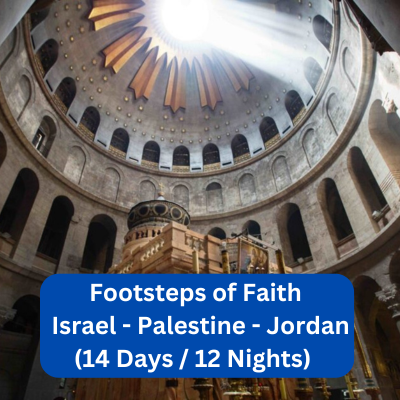Top 10 Pilgrimage Sites in Palestine

1. Manger Square and Church of Nativity, Bethlehem
Manger Square, nestled in the heart of Bethlehem, is a sacred pilgrimage site revered by Christians worldwide as the traditional birthplace of Jesus. The square’s bustling streets and vibrant atmosphere offer pilgrims a glimpse into the timeless beauty of Bethlehem’s rich cultural heritage. At the center of Manger Square stands the Church of the Nativity, an architectural masterpiece dating back to the 4th century, marking the spot where Jesus is believed to have been born.
Stepping into the hallowed halls of the Church of the Nativity, pilgrims are enveloped in an atmosphere of reverence and awe, adorned with intricate mosaics and ancient icons. Here, amidst the soft glow of candlelight and the haunting strains of hymns, pilgrims gather to pay homage to the newborn King, whose humble birth forever changed the course of human history. As they kneel before the grotto of the Nativity, pilgrims are invited to ponder the mystery of the Incarnation and the boundless love of God made manifest in the infant Jesus.
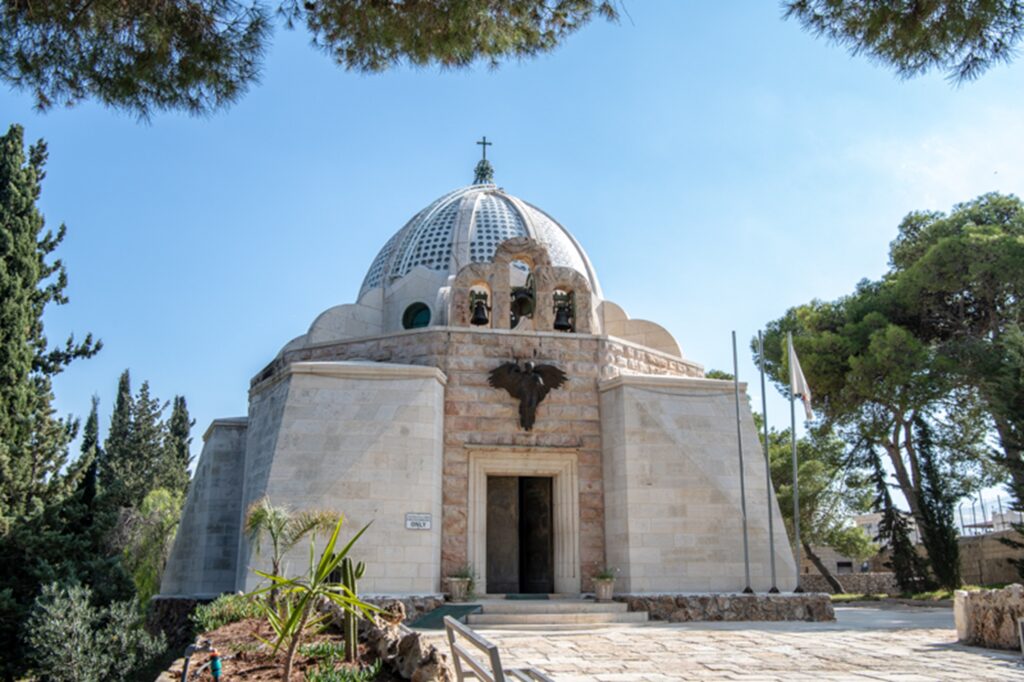
2. Shepherds Field, Bethlehem
Shepherds Field, nestled in the tranquil hillsides of Bethlehem, holds a cherished place in Christian tradition as the site where the angelic proclamation of Jesus’ birth was first heard by shepherds keeping watch over their flocks by night. Pilgrims journey to this sacred site, retracing the footsteps of the shepherds and joining in their joyful celebration of the Savior’s birth. The fields’ rolling hills and pastoral beauty offer pilgrims a serene sanctuary for prayer, contemplation, and spiritual renewal.
Amidst the gentle rustling of olive trees and the soft bleating of sheep, pilgrims pause to reflect on the angel’s message of peace and goodwill to all humanity. Here, amidst the rustic simplicity of Shepherds Field, pilgrims are reminded of the profound mystery of the Incarnation and the timeless truth that God’s greatest gifts often come in the humblest of forms. As they gaze upon the starlit skies above, pilgrims join their voices with the heavenly host, singing praises to God for the gift of his Son, born this day in Bethlehem.
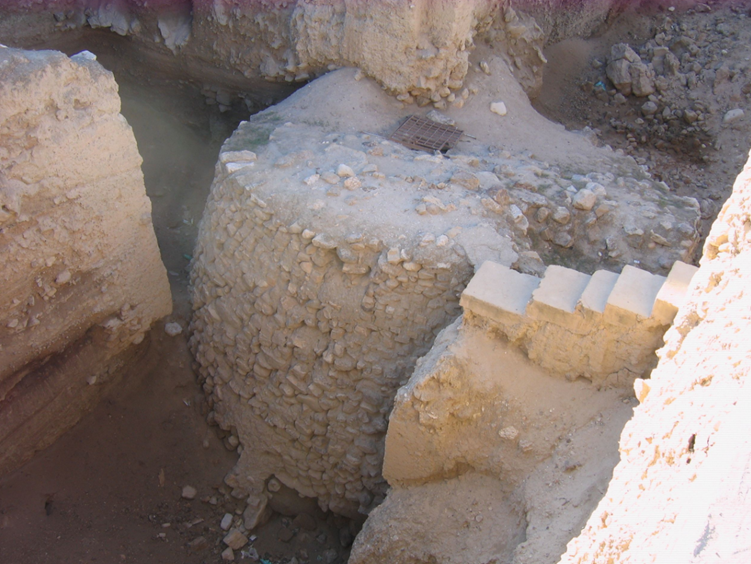
3. Tel Sultan, Jericho
Tel Sultan, located on the outskirts of Jericho, holds a treasure trove of archaeological wonders and biblical significance, drawing pilgrims from around the world to explore its ancient ruins and unearth the secrets of Jericho’s storied past. Believed to be the site of biblical Jericho, the Tel’s sprawling excavations offer pilgrims a fascinating glimpse into the city’s rich history and the enduring legacy of its inhabitants.
Descending into the depths of Tel Sultan, pilgrims encounter layers of civilization spanning thousands of years, from the earliest settlements of the Bronze Age to the bustling metropolis of biblical times. Here, amidst the crumbling walls and crumbling ramparts, pilgrims ponder the biblical account of Joshua and the Israelites’ miraculous conquest of Jericho, commemorated in the timeless hymn “Joshua Fit the Battle of Jericho.” As they walk in the footsteps of ancient warriors and kings, pilgrims are inspired by the enduring faith of God’s people and the timeless truths of scripture that continue to resonate through the ages.

4. Wadi Qelt and Monastery of St. George, Jericho
Wadi Qelt, nestled amidst the rugged cliffs of the Judean wilderness, offers pilgrims a breathtaking natural landscape steeped in biblical significance and spiritual allure. Pilgrims journey to this remote wilderness sanctuary, retracing the footsteps of Jesus during his forty days of fasting and temptation in the wilderness. The Wadi’s stark beauty and serene tranquility provide a sacred space for prayer, meditation, and spiritual reflection.
Descending into the depths of Wadi Qelt, pilgrims traverse winding pathways and rocky terrain, following in the footsteps of ancient monks and hermits who sought solitude and communion with God amidst the desert’s harsh realities. Here, amidst the rugged beauty of the wilderness, pilgrims are invited to confront their own inner struggles and temptations, drawing strength from Jesus’ victorious triumph over the powers of darkness.

5. Mount of Temptation, Jericho:
The Mount of Temptation, rising majestically above the ancient city of Jericho, holds a profound significance in Christian tradition as the site where Jesus was tempted by Satan during his forty days of fasting in the wilderness. Pilgrims journey to this remote wilderness sanctuary, retracing the footsteps of Jesus and confronting the timeless struggle between good and evil. The mountain’s rugged terrain and stark beauty offer pilgrims a sacred space for prayer, meditation, and spiritual reflection.
Ascending the mountain’s winding pathways, pilgrims are enveloped in solitude and silence, mirroring Jesus’ own solitary struggle against temptation. From the summit, commanding panoramic views stretch across the Judean wilderness, inviting pilgrims to contemplate the timeless battle between light and darkness. Here, amidst the quiet grandeur of the mountain, pilgrims draw strength from Jesus’ victorious triumph over the powers of darkness, finding hope and inspiration for their own spiritual journey.
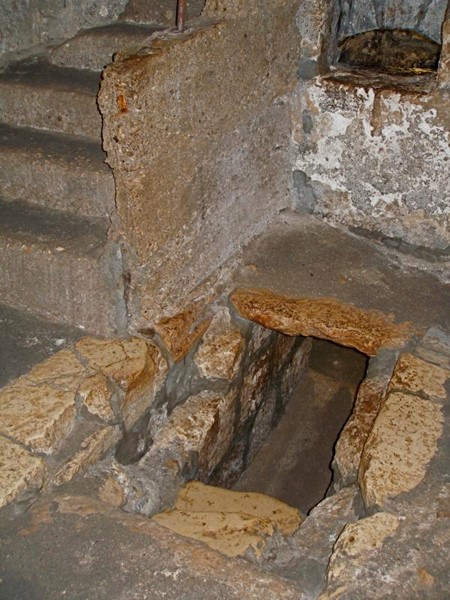
6. Bethany – Tomb of Lazarus
Bethany, a quiet village on the outskirts of Jerusalem, holds a sacred place in Christian tradition as the site where Jesus raised Lazarus from the dead, demonstrating his power over death and foreshadowing his own resurrection. Pilgrims journey to this hallowed site, retracing the footsteps of Jesus and bearing witness to the miracle of new life in Christ. The village’s tranquil setting amidst the rolling hills of Judea offers pilgrims a serene sanctuary for prayer, contemplation, and spiritual renewal.
At the entrance to the village stands the Tomb of Lazarus, a solemn reminder of Jesus’ miraculous act of healing and restoration. Pilgrims descend into the depths of the tomb, pausing to reflect on the biblical account of Lazarus’ resurrection and the profound mystery of Jesus’ victory over death. Here, amidst the cool darkness of the tomb, pilgrims encounter the timeless truth that Jesus is the resurrection and the life, offering hope and healing to all who believe in him.

7. Nablus – Jacob’s Well
Nablus’ Jacob’s Well holds a cherished place in Christian tradition as the site where Jesus encountered the Samaritan woman at the well, offering her living water and revealing himself as the Messiah. Pilgrims journey to this ancient well, retracing the footsteps of Jesus and drinking deeply from the wellspring of his grace and compassion. The well’s tranquil surroundings amidst the lush hills of Samaria provide a serene sanctuary for prayer, contemplation, and spiritual renewal.
Descending into the depths of Jacob’s Well, pilgrims encounter the cool, refreshing waters that have quenched the thirst of countless travelers throughout the ages. Here, amidst the ancient stones and sacred echoes of the past, pilgrims pause to reflect on Jesus’ profound encounter with the Samaritan woman and the transformative power of his love and acceptance. As they draw water from the well, pilgrims are invited to drink deeply from the living water that Jesus offers, finding sustenance for their journey and refreshment for their souls.

8. Sebastiya – Biblical Samaria
Sebastiya, nestled amidst the rolling hills of Samaria, holds a treasure trove of archaeological wonders and biblical significance, drawing pilgrims from around the world to explore its ancient ruins and uncover the secrets of its storied past. Believed to be the biblical city of Samaria, Sebastiya’s sprawling archaeological park offers pilgrims a fascinating glimpse into the city’s rich history and the enduring legacy of its inhabitants.
Exploring the ancient ruins of Sebastiya, pilgrims marvel at the well-preserved remains of its grand temples, palaces, and fortifications, which once formed the heart of the capital of the Northern Kingdom of Israel. Walking through Sebastiya’s labyrinthine streets and pathways, pilgrims encounter layers of civilization spanning thousands of years, from the Canaanite period to the Hellenistic and Roman eras. Here, amidst the crumbling walls and faded frescoes, pilgrims ponder the biblical accounts of the prophets Elijah and Elisha, who challenged the idolatry and injustice of their day, and the Samaritan woman at the well, who encountered Jesus and became a witness to his saving grace.
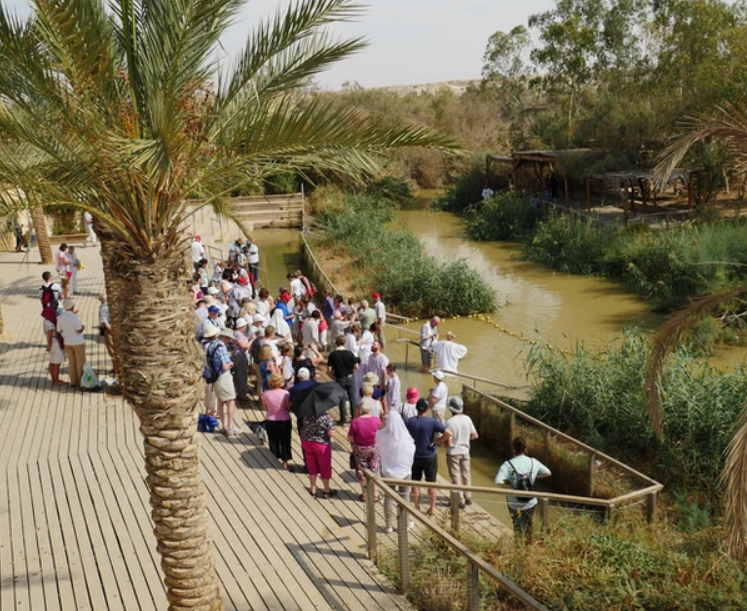
9. Baptismal Site “Qasr Al Yahud”
Qasr al-Yahud, also known as the Baptism Site, holds profound significance for Christian pilgrims as the traditional site of Jesus Christ’s baptism by John the Baptist in the Jordan River. Located within the West Bank, near Jericho and the border with Jordan, this revered site attracts visitors from around the world seeking to reconnect with this pivotal moment in Jesus’ life.
Pilgrims come to Qasr al-Yahud to immerse themselves in the spiritual ambiance of the Jordan River, where Jesus underwent the sacred ritual of baptism. Many believe that the waters of the Jordan hold a unique spiritual power, offering believers a chance for personal reflection, renewal, and spiritual rebirth. Amidst the tranquil surroundings and the historical resonance of this site, pilgrims find solace and inspiration as they contemplate the profound significance of Jesus’ baptism and its enduring relevance to their faith today.

10. Tomb of the Patriarchs, Hebron
In the heart of Hebron lies the revered Tomb of the Patriarchs, also known as the Cave of Machpelah, a sacred site revered by Jews, Christians, and Muslims alike. This ancient burial complex is believed to be the final resting place of Abraham, Sarah, Isaac, Rebecca, Jacob, and Leah, patriarchs and matriarchs of the Jewish faith. Pilgrims journey to this hallowed site to pay homage to the biblical ancestors and to connect with the rich tapestry of faith and tradition that binds the Abrahamic religions together.
Stepping into the grandeur of the Tomb of the Patriarchs, pilgrims are enveloped in an atmosphere of reverence and awe, surrounded by towering stone arches and ornate marble pillars. Here, amidst the solemn silence of the sacred chambers, pilgrims offer prayers for peace, unity, and reconciliation among the descendants of Abraham, who are divided by centuries of conflict and strife.


